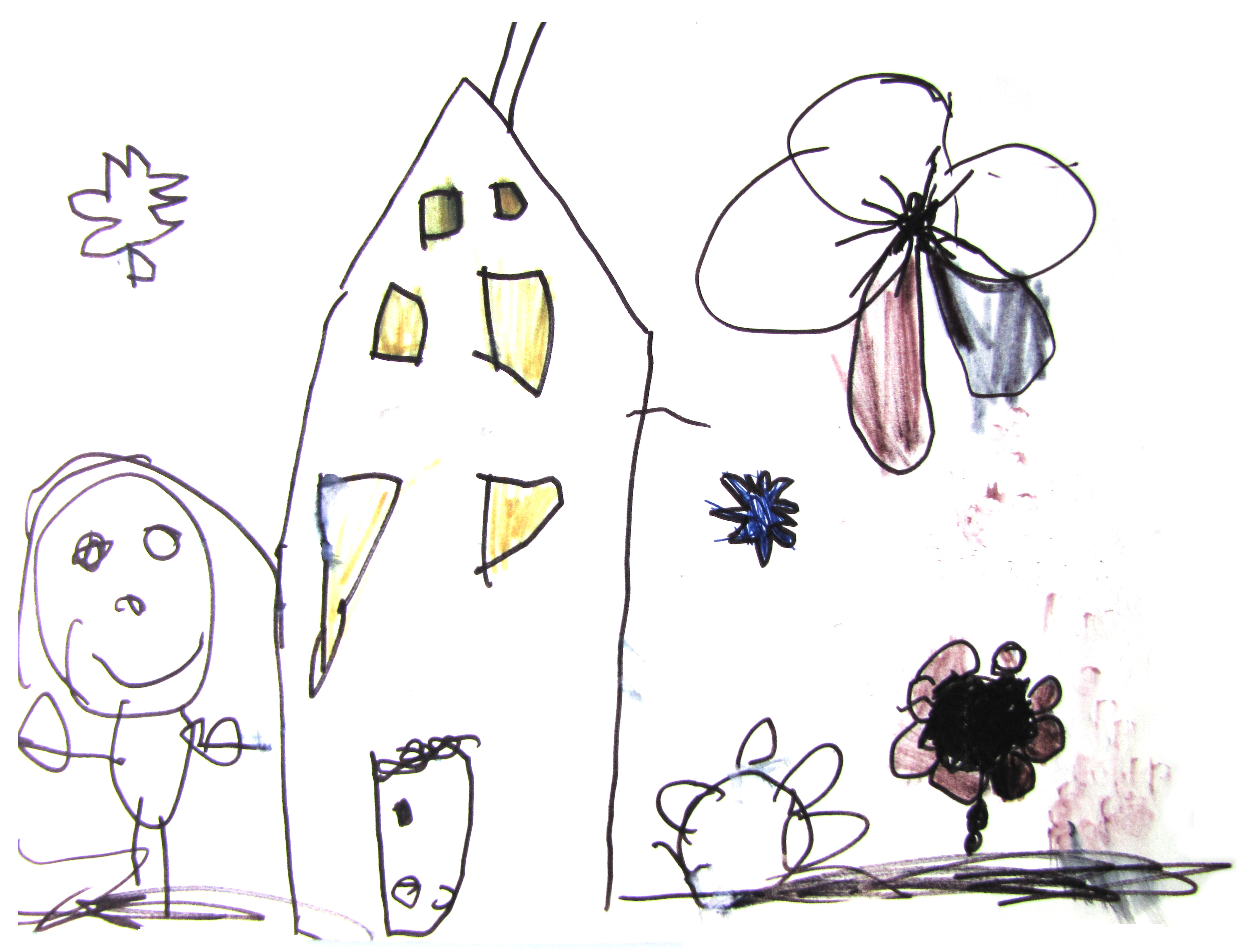|



Montessori Curriculum
The Montessori Curriculum is split into five distinctive areas:
Everyday Living Activities (ELA)
The purpose and aim of ELA is to help the child gain control in the coordination of his movement, and help the child to gain independence and adapt to his society. It is therefore important “to observe rather to correct” in order to allow the child to be a fully absorb in his choice of activity. ELA exercises also aid the growth and development of the child's intellect and concentration and will in turn also help the child develop an orderly way of thinking.
Sensorial Activities
Sensorial activities enabling children to acquire clear, conscious information through senses. By working with the sensorial materials, the child is given the keys to classify and differentiate objects around him through his senses in sight, in auditory, in tactile, in olfactory, in tactile. This method of exploring enabling the child to create his own unique experiences which internalized his intelligence that leads to his ability in adapting to new environment with great confidence.
Mathematics
Children begin their math journey using the Montessori Numerical Rods. This concrete material gives the child a full senses of numerical learning experience through visual, tactile and auditory. The same concept applies in all the Montessori apparatus in particular in this area of learning. The journey to discover the magic of number becomes apparent and interesting by the age of four, when the child has the ability to complete a work cycle, has learnt to follow a process, and has the ability to concentrate with a maturity of mind that is ready for the language of mathematics.
Language
Montessori split the learning of oral language into two groups. The first group she called "The Enrichment of Vocabulary". In these activities, the child learns new words on a daily basis through formal lessons and classified groups. The second group of oral work is called "Language Training". In these exercises, the child experiences a great variety of language expression, and games to learn the grammar of the language. Through both of these groups of exercises, the child's later learning in reading will be facilitated by the recognition of words. This is the foundation for all other language expressions.
Knowledge and Understanding of the World
The Montessori approach to teaching knowledge and understanding of the world is holistic. It starts from the whole and moves to the more specified and detailed. For example, first talk about the Solar System and then present the Earth in its land and water forms before moving on to explore the continents. The children learn the differences between the continents, the people, the climate, typical animals and lifestyles of those continents, which are all determined by its geographical location. From this existing point we then introduce the children to countries, provinces, states or counties, cities, towns and villages.

